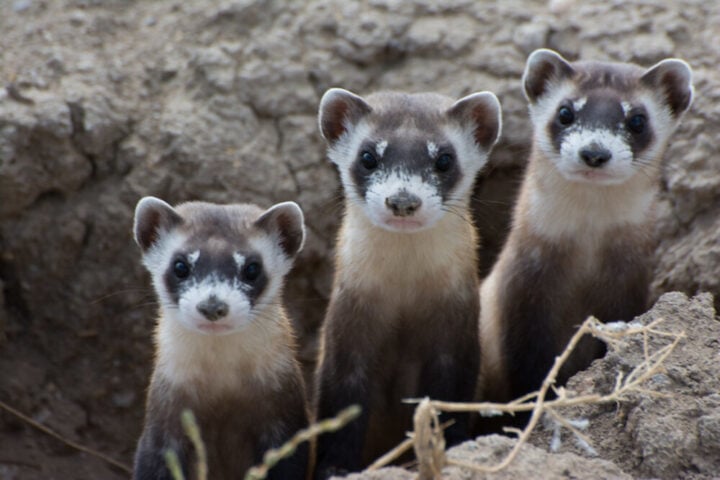In recent years, drone technology has rapidly advanced, opening up new possibilities for various industries. However, traditional drones can be disruptive to natural ecosystems due to their unfamiliar sound and appearance. To tackle this issue, a team of researchers at New Mexico Tech has developed drones made from the bodies of dead birds. By creating these birdlike drones from taxidermized bird parts, the researchers have eliminated the need to design and manufacture wings, making them ideal for monitoring wildlife. The drones can glide and hover like real birds, creating a more natural approach to wildlife monitoring. While still in development, these drones have the potential to be an excellent addition to the wildlife monitoring and research industry, but they must be used with caution and a focus on nature-friendly application.
The researchers note that the bird drones need more tinkering to become more flexible, nimble, and efficient, but their design will make them look more natural when in use, and reducing the need for soundproofing will also make them less disruptive to ecosystems. These drones can be utilized for research purposes without disturbing the natural environment.
The researchers emphasized that no real birds were physically harmed in creating these drones, and their main goal is to develop a nature-friendly drone concept for wildlife monitoring. Their use is not intended for espionage but as a means of observing wildlife seamlessly and naturally.
- NYC Congestion Toll Cuts Traffic by 1M Vehicles; Trump Sets April 20 Deadline
- Gray Whales Suffer 94 Deaths in Baja Lagoons, Calf Pairs at Record‑Low Eight
- The Antler Chronicles: Wyoming’s Shed Hunt Evolution
- Tesla Delays Affordable Model Y Production to Late 2025 Amid EV Market Pressure
- Aldi Pork Carnitas Alert: FSIS Warns of Metal Contamination in 16-Ounce Packages with June-July Use Dates
The concept of drone technology created from dead birds for wildlife monitoring may be an innovation in the right direction. However, the development of these drones should be done with caution, with the focus being solely on their application in nature-friendly wildlife monitoring. Improvements should be made to make the drones more flexible and efficient while reducing their noise level to be less disruptive to the environment. When used in a way that is friendly to the ecosystem, these drones may be an excellent addition to the wildlife monitoring and research industry.


















![Representative Image: European Starling [49/366]. Photo Source: Tim Sackton (CC BY-SA 2.0)](https://www.karmactive.com/wp-content/uploads/2025/04/Starlings-Drop-82-in-UK-Gardens-as-Birdwatch-2025-Reveals-Record-Low-Count-Since-1979-150x150.jpg)